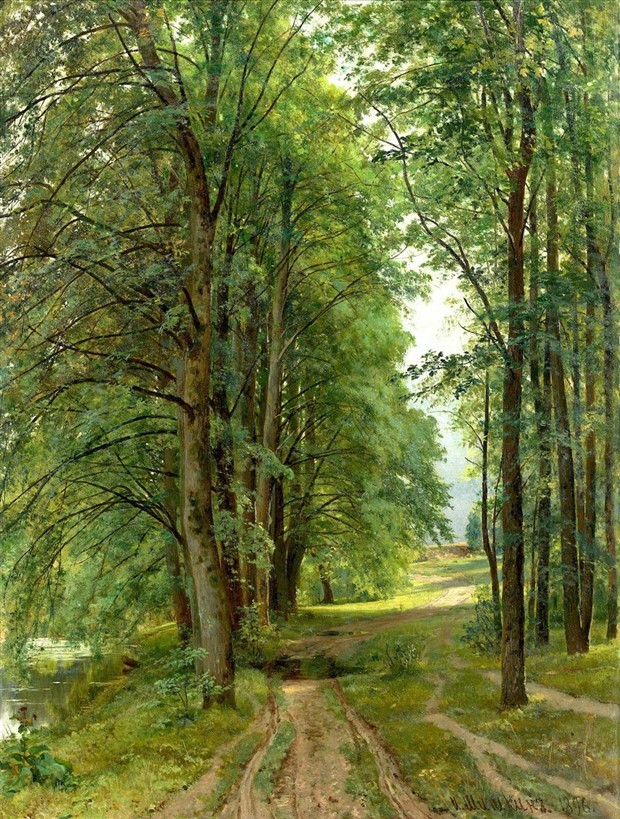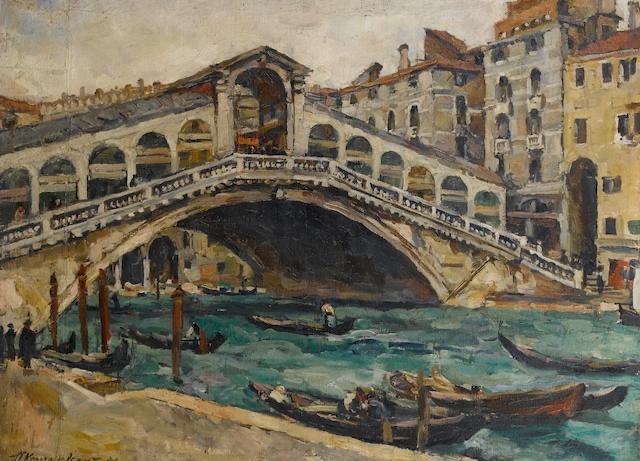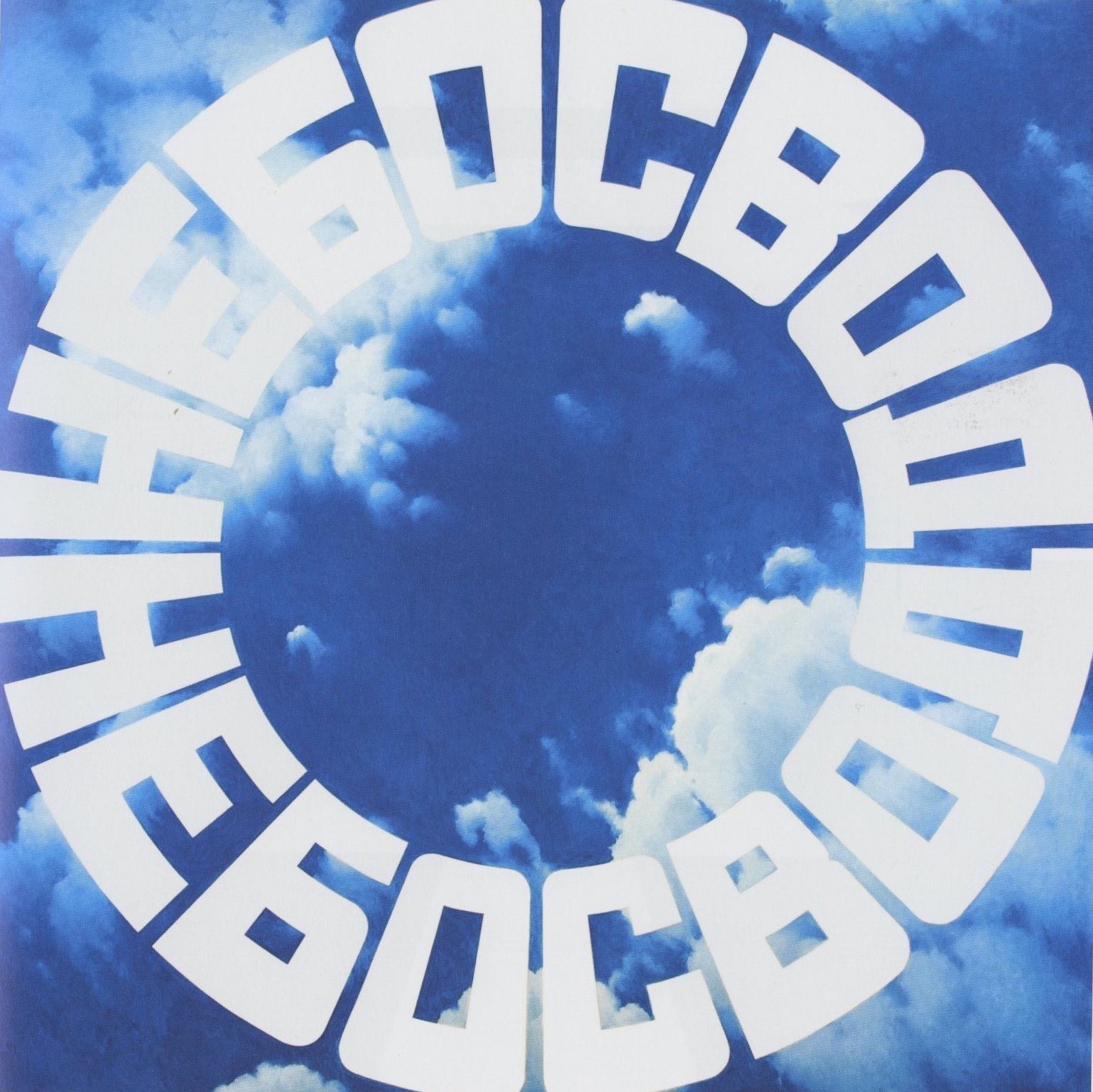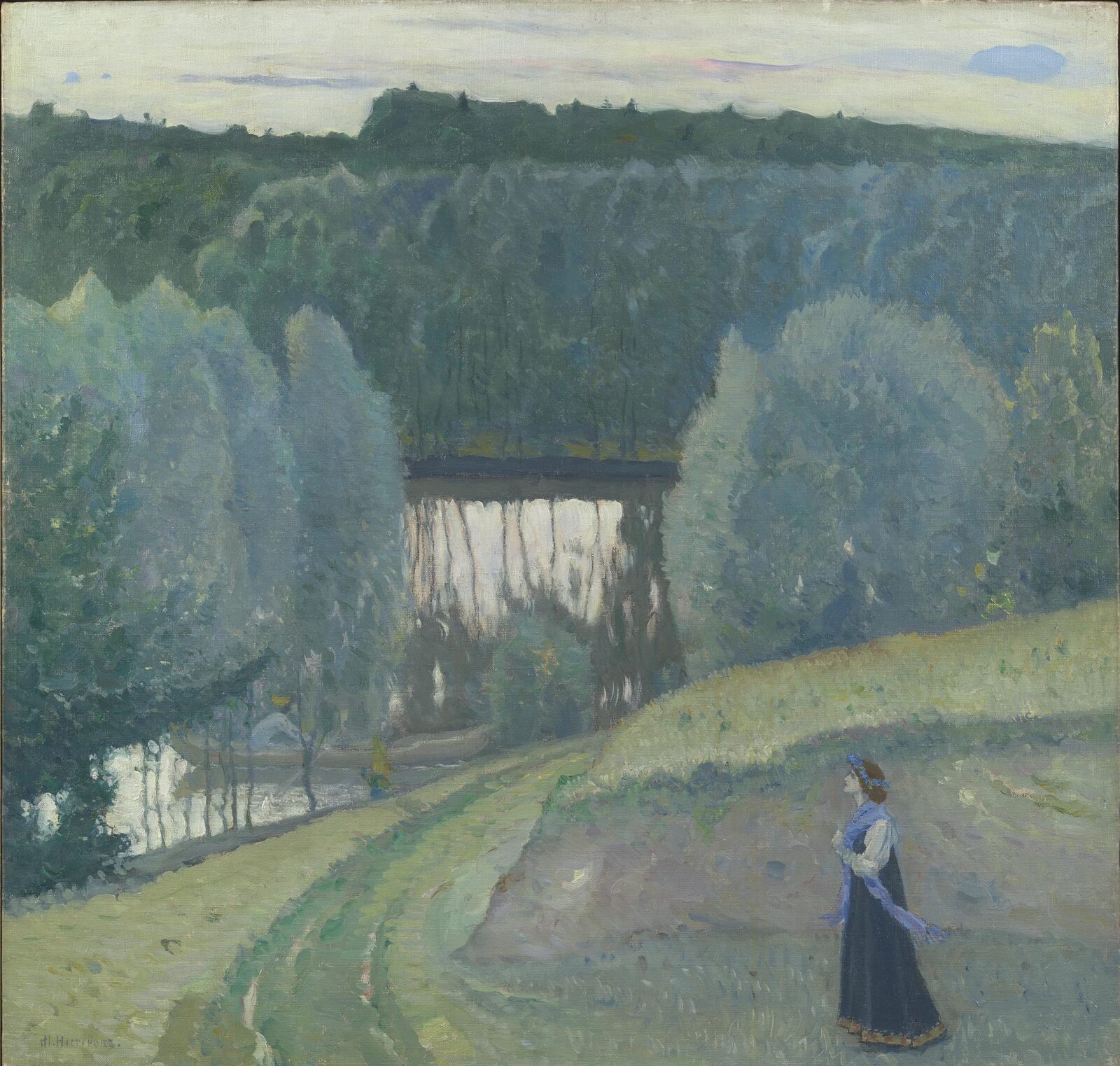MacDougall’s are pleased to announce the first ever Russian art and NFT auction on 10 June 2021. With over 200 lots on sale, available with associated NFTs, this will lead to a dramatic expansion in the number of NFTs available for Russian art. Buyers of all lots at the sale have the option of acquiring an NFT confirming ownership and provenance, for an extra 10% on the hammer price (£3,000 minimum).

This move towards the technologically advanced securitisation of ownership and provenance will undoubtedly expand the audience for Russian art to include the many NFT investors in the West. The NFT certification of ownership and provenance on the blockchain will make the market considerably more investor orientated.

Oil on canvas, £400,000–600,000
Plus NFT Option
William MacDougall, Director, said: ‘Three centuries of Russia art are now available on the NFT market. MacDougall’s sale is the first auction to initiate blockchain for this art market, advancing Russian art into the global art arena’.

Plus NFT Option
Top lots in the auction include major works by Ivan Shishkin, Erik Bulatov, Petr Konchalovsky, Robert Falk and Mikhail Nesterov. All will be available with NFTs for the first time.

Recently, there has been considerable discussion and excitement in the art world about NFTs, or Non-Fungible Tokens. An NFT is a digital record of ownership and provenance that is recorded on a blockchain. This is a technological innovation that allows data to be securely recorded in a database that is impossible to change and which is distributed across a network of computers, thereby preventing it from being subsequently corrupted, manipulated or destroyed. Using what is a known as a smart contract (software running on the blockchain), details of the NFT and the asset to which it refers, are recorded on the blockchain. This way an immutable, trusted record of ownership and provenance is maintained.
























